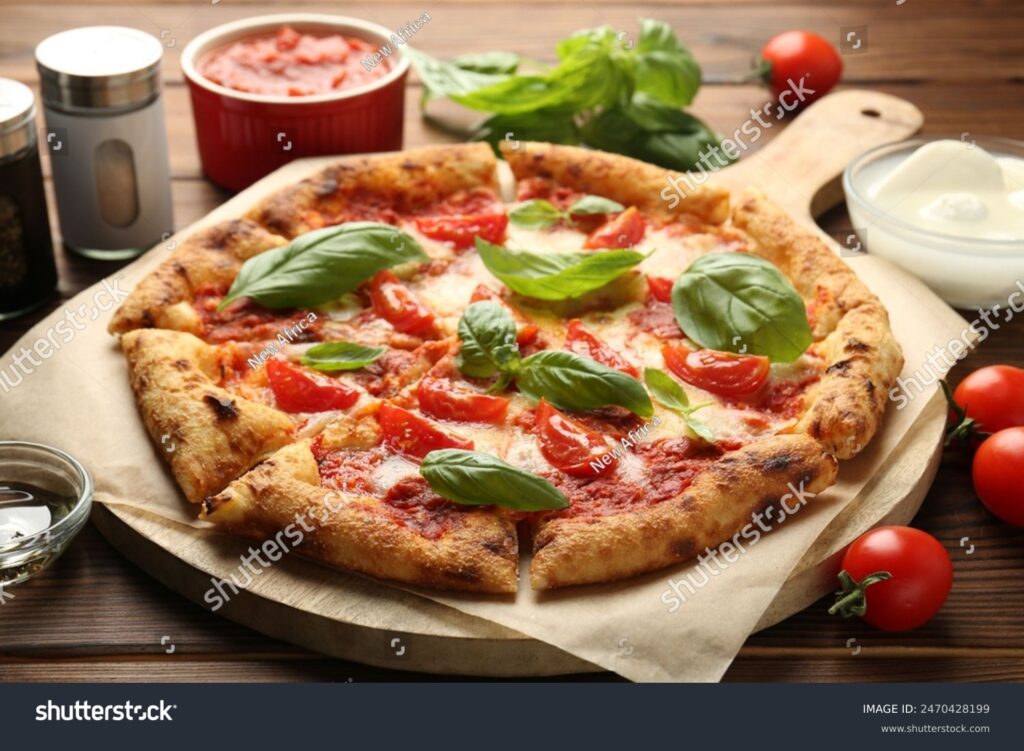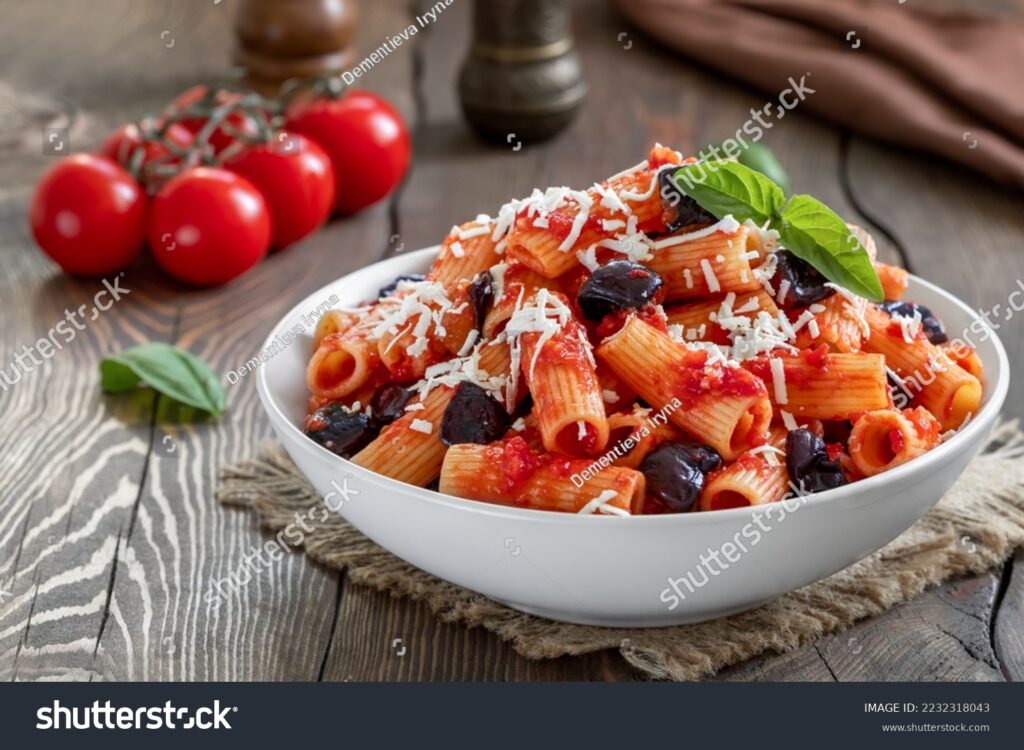A guide to Italian cuisine
A guide to Italian cuisine
There’s a certain rhythm to Italian cuisine—an effortless charm that turns the humblest ingredients into a great meal. It’s a cuisine shaped by history, defined by geography, and perfected by the generations that have passed down recipes. In Italy, food is more than sustenance; it’s ritual, identity, and storytelling all blended together.
In Naples, the air is thick with the scent of tomatoes caramelizing on wood-fired dough, the briny breeze from the Bay of Naples mingling with the charred essence of pizza. Here, the Margherita isn’t just a meal; it’s a cultural artifact.

The colors mimic the Italian flag—red San Marzano tomatoes, white mozzarella di bufala, and a scattering of fresh green basil. At Pizzeria da Michele, the legendary institution that has been crafting great pizza for over a century, there’s no fuss, no excess. Just dough, sauce, cheese, and a flame-hot oven that transforms the raw into something sublime. Every bite is a study in balance—smoke, acidity, richness, and chew. The pizza here is an argument in favor of simplicity, a reminder that when the ingredients are this good, nothing else is needed.
Venture further north, and the culinary landscape shifts. In Bologna, the streets are lined with hole-in-the-wall trattorias serving dishes as rich as the city’s Renaissance architecture. There’s a reverence for tradition here—pasta hand-rolled with the precision of a sculptor, ragù simmered until its flavors meld into something deeper, more profound. The tagliatelle al ragù is the pride of the region, its sauce a slow-cooked mix of beef, pork, pancetta, and wine.
Further south, the flavors grow brighter, sharper. In Sicily, the markets are full of color—piles of blood oranges, crates of glossy eggplants, pyramids of cherry-red peppers. The island’s cuisine is a testament to the cultures that have left their mark here—the Greeks, the Arabs, the Normans. Caponata, a dish that embodies this eclectic history, is both sweet and sour, a tangle of fried eggplant, celery, capers, and vinegar. Arancini, golden and crisp, hide centers of molten cheese or slow-cooked ragù. Pasta alla Norma is a celebration of Sicily’s bold flavors—a dish where tender eggplant meets the tang of tomato sauce, all wrapped around perfectly al dente pasta.

In Tuscany, food takes on a rustic simplicity, its beauty found in the land itself. Here, the rolling hills yield wines that reflect sun and soil, olive oils with a crisp, almost spicy intensity. Bistecca alla Fiorentina—a thick cut of Chianina beef, seared to a rare, blood-red core—is the centerpiece of many meals. But the essence of Tuscan cuisine often lies in its humbler fare: ribollita, a peasant soup thickened with bread and laced with dark Tuscan kale, or pappa al pomodoro, a rich tomato-and-bread stew..
Rome is a city of grandeur, and its food, mirrors its enduring architecture. Here, pasta holds a place of honor, and no dish captures the essence of the city quite like cacio e pepe. A study in minimalism, it demands precision: pasta water emulsified into a sauce with Pecorino Romano and black pepper, nothing more.
Venture beyond the usual tourist routes and experience Italy through its rich culinary traditions with immersive food tours in Rome, Florence, Naples, and Bologna. From hidden trattorias to century-old bakeries, these tours offer an authentic taste of Italy’s most celebrated dishes while diving deep into the history and culture that shaped them.
In Rome, the Testaccio food tour uncovers the city’s most historic yet little-known neighborhood. The scent of freshly baked bread drifts through the narrow streets as vendors call out from their stalls in Testaccio Market, their tables piled high with glistening tomatoes and fragrant herbs. Here, guests learn to craft the perfect bruschetta with just-picked ingredients that retain their garden freshness. At Flavio al Velavevodetto, plates of Rome’s top three pasta dishes arrive steaming, their sauces coating hand-rolled noodles. The experience culminates at a century-old gelateria, where the difference between real and artificial gelato is revealed with a single spoonful.
Trastevere’s food tour winds through the district’s medieval alleys, the air thick with the scent of roasting meats and simmering sauces. At Norcineria di Iacozzilli, a family-owned institution, slices of porchetta are carved straight from the roast, each bite infused with rosemary and garlic. Supplì, Rome’s favorite fried rice ball, crumbles at first bite. The night ends at an old-world wine bar, where deep red Chianti swirls in candlelit glasses.
Florence’s wine and food experiences offer a glimpse into the city’s aristocratic past and thriving culinary scene. In the bustling Piazza della Signoria, the evening begins with an opened bottle of Prosecco. Guests sip Chianti Classico in a centuries-old cellar hidden beneath the city. The richness of handmade truffle pasta is tasted, followed by a perfectly seared Florentine steak. As the night deepens, a visit to one of Florence’s historic gelaterias reveals the artistry behind Italy’s favorite frozen dessert.
In Naples, the storied home of pizza, the tour begins with the rhythmic kneading of dough in a tucked-away pizzeria. Flour dust swirls in the air as pizzaiolos stretch, top, and glide pizzas into the heat of a wood-fired oven. The classic Margherita emerges first, its crust charred to perfection, the mozzarella bubbling. Along the “Tastiest Kilometer in the World,” fried pizza crackles with each bite, and Naples’ rare ‘Parigina’ offers a surprising twist with its pastry-like crust. The tour takes you into Naples’ historic center, where ghost stories intertwine with the city’s culinary history, before ending with a chocolate dessert at the Pasticceria Scaturchio.
In Bologna, Italy’s gastronomic capital, the tour engages all the senses in a rich, layered experience. In the Quadrilatero Market, the scent of aged Parmigiano Reggiano mingles with the deep umami of balsamic vinegar poured from casks that have aged for decades. The day’s pasta-making ritual is a spectacle, with tagliatelle al ragù bubbling in large pots while tortellini are carefully folded by hand. In the University District’s historic osterias, glasses clink over plates of mortadella and chocolate tortellini.